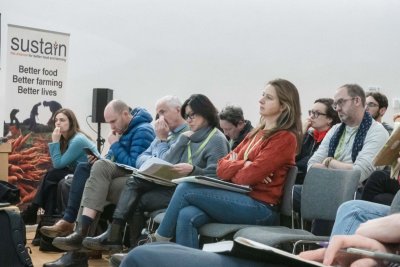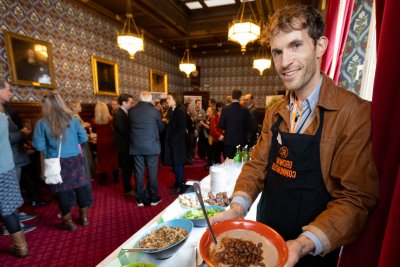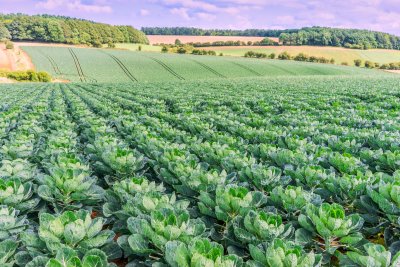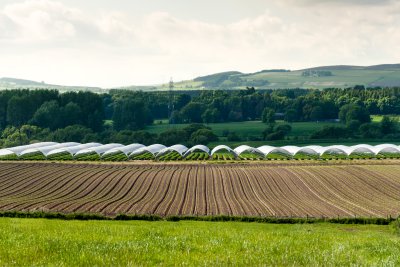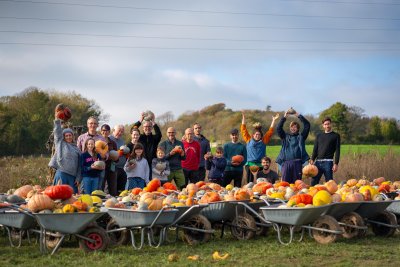Sustain: Sustain The alliance for better food and farming advocates food and agriculture policies and practices that enhance the health and welfare of people and animals, improve the working and living environment, enrich society and culture and promote equity.

Changing climate may thwart plans for 'sustainable intensification'
A research paper suggests that climate change could undermine efforts to meet an expanding demand for food by growing more on existing croplands.
It is often assumed that a growing global population with an increasingly western-style diet will require food production to expand hugely to meet demand (although Sustain and others argue that waste reduction and a change in diets would reduce this need for extra food).
Nevertheless, much thought is given to how and where the extra food might be produced. One favoured theory is that production in areas that currently grow food can be 'sustainably intensified', through technological improvements, to allow these regions to produce more.
A paper published online in Nature Communications uses a modelling technique based around 'climate analogues' and current data on projected climate change to assess whether these plans for intensification are realistic -- and finds they are not. In fact, the paper says, 'strong reductions in attainable yields of major cereal crops are found across a large fraction of current cropland by 2050'. It concludes that major shifts in land-use patterns, which might in turn have disruptive social and ecological impacts, may be necessary to maintain production levels.
Read the paper here.
Find out more about Sustain's campaigning work for a greener, healthier and fairer food system here.
Sustain
The Green House
244-254 Cambridge Heath Road
London E2 9DA
020 3559 6777
sustain@sustainweb.org
Sustain advocates food and agriculture policies and practices that enhance the health and welfare of people and animals, improve the working and living environment, promote equity and enrich society and culture.
© Sustain 2025
Registered charity (no. 1018643)
Data privacy & cookies
Icons by Icons8
